Tire Valve Stem Supplier & Manufacturer
What is a tire valve stem?
A tire valve stem is a basic feature of your wheel/rim that keeps your tires inflated, allowing you to add or remove air as needed. It plays a critical role in tire and wheel safety.
How does a tire valve stem work?
It’s helpful to understand the parts of a tire valve stem. It is made up of a body, core and a cap. The tire valve core is the inner sealing portion of the tire valve stem that prevents air loss. The tire valve core should be tightened into the tire valve body for a proper seal.
Type of tire valve
There are a number of different types of tire valve and each has a unique purpose. Below you’ll find a list of the most common and popular types. We don’t carry every style or type listed but it is still very important that you use the correct one to match your wheel/rim so as to support your vehicle and tire’s requirements.
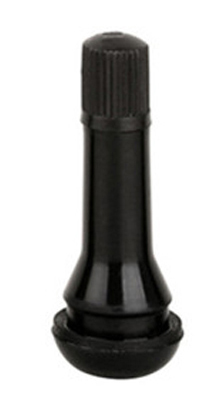
Rubber Tire Valve
These tire valve stems can be operated at air pressures of 65psi or below and are typically used on most passenger vehicles.

Metal Tire Valve
These tire valve stems can also be operated at air pressures of 65psi or below and are very similar to standard rubber tire valve, but they have a chrome sleev over the valve portion for enhanced appearance in addition to a chrome tire valve cap.
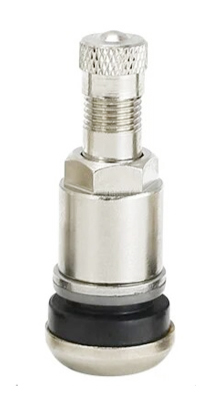
Motorcycle Tire Valve Stems
This Motorcycle tubeless tire valve 48E made of aluminium, anodized in gray metallic andfits most standard 11.3mm Aluminum Discs on the market.
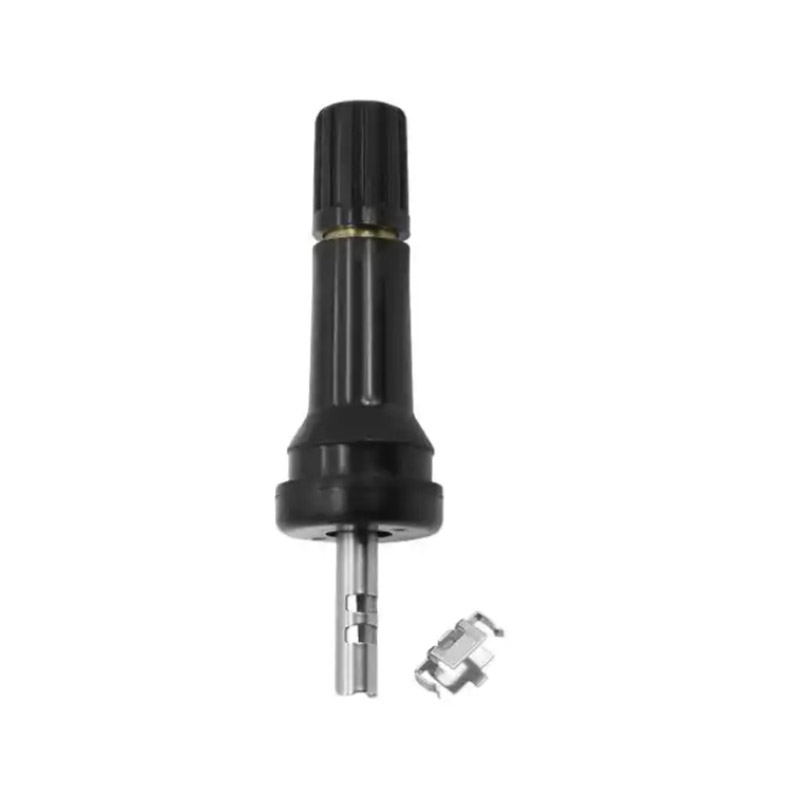
TPMS Valve
Quantity and Size: TPMS-01valve stems for 0.453 inch (11.5 mm) diameter tubeless rim holes, these tire valves are 1-1/2 inch long (effective length) and easily fit your tires. The package contains all 5 rubber valve stems.
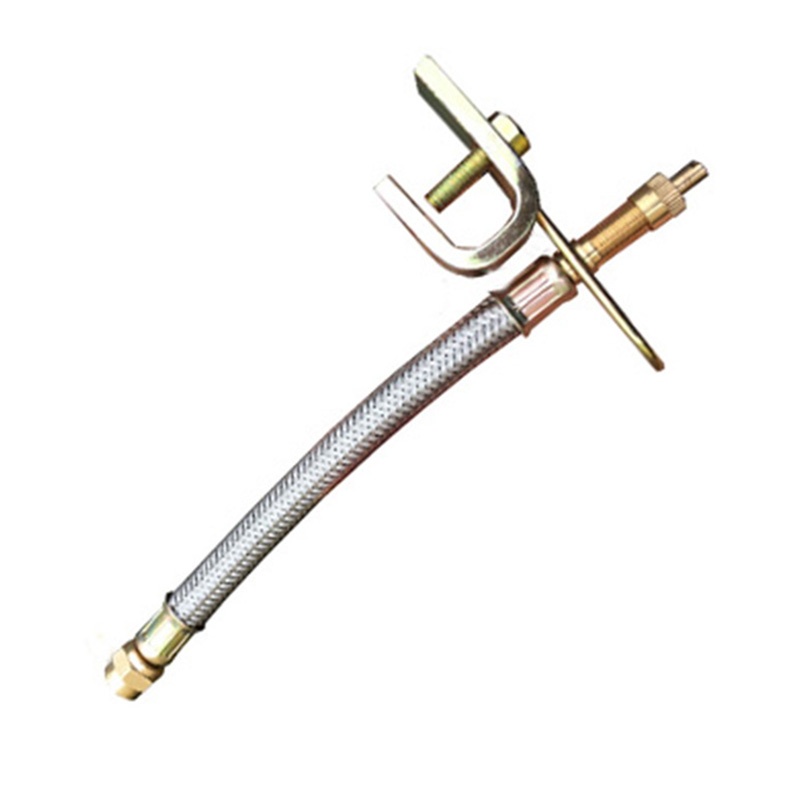
Valve Stem Tools
Tire Valve Extender Easy to Operate: Easy to install and uninstall. Slim body making it easy to carry. It can help you pump up the tire quickly and safely.
Tire Pressure Monitoring System (TPMS)
Most vehicles after the year 2007 come equipped with Tire Pressure Monitoring Systems (TPMS), which monitor your tire air pressure. While most TPMS sensors also use valve stems to add/remove air, the valve stem portion of the TPMS sensor is different from a standard valve stem.
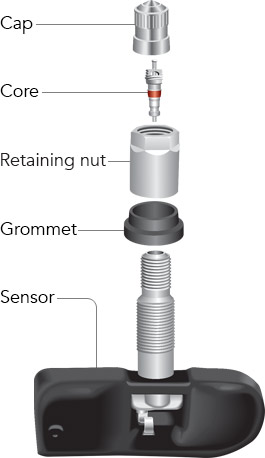
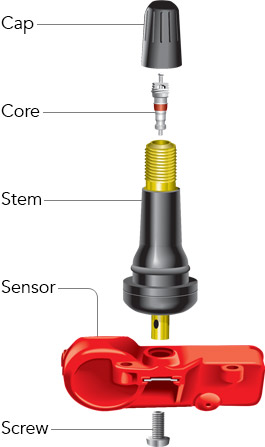
There are two types of tire pressure monitoring systems: direct or indirect. The most common method is to use sensors in each wheel to communicate with the central vehicle receiver. The indirect tire pressure monitoring system determines pressure by estimating tire speed.
If you have a direct tire pressure monitoring system, the sensor needs to be reinstalled every time the tire is removed from the wheel, for the following reasons:
1.Some replaceable components of sensors may corrode over time.
2.Sealing components become brittle, increasing the risk of air loss, leading to tire leaks or air leaks
TPMS Sensor Replacement
Some situations require a total TPMS replacement.These include tire sealant, corrosion from the elements and a weak or dead battery. TPMS batteries last approximately 7-10 years or 100,000 miles.
We also offer standalone TPMS kits for vehicles without original equipment (OE) systems. These contain a dash mounted display and four wheel mounted transmitters compatible with most wheel applications. These kits are perfect for trailers and older vehicles that lack a TPMS.
Adding a TPMS sensor kit to an older vehicle is relatively inexpensive and enhances your safety. It also adds to the vehicle’s value.
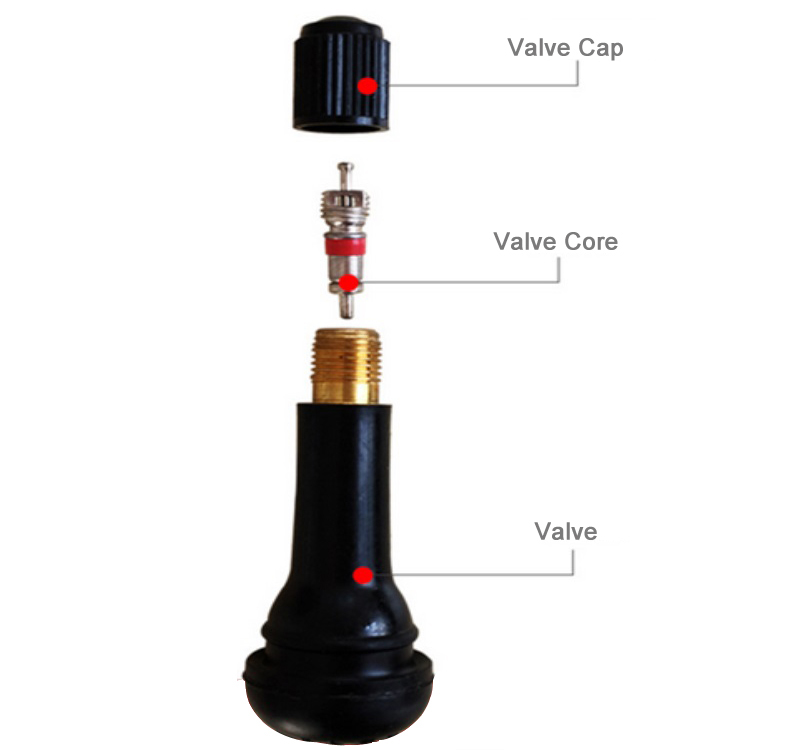
The tire valve cap’s main function is to keep dirt and debris from getting inside and contaminating or corroding the valve core. If moisture gets inside the valve and freezes, it can cause air loss and/or a flat tire. Of course, it also helps to prevent air loss using the rubber seal inside the cap.
Attention:The rubber components of a tire valve stem can dry out and crack over time, causing air leaks or total air loss. We recommend replacing your valve stem every time you replace your tires, at least.
